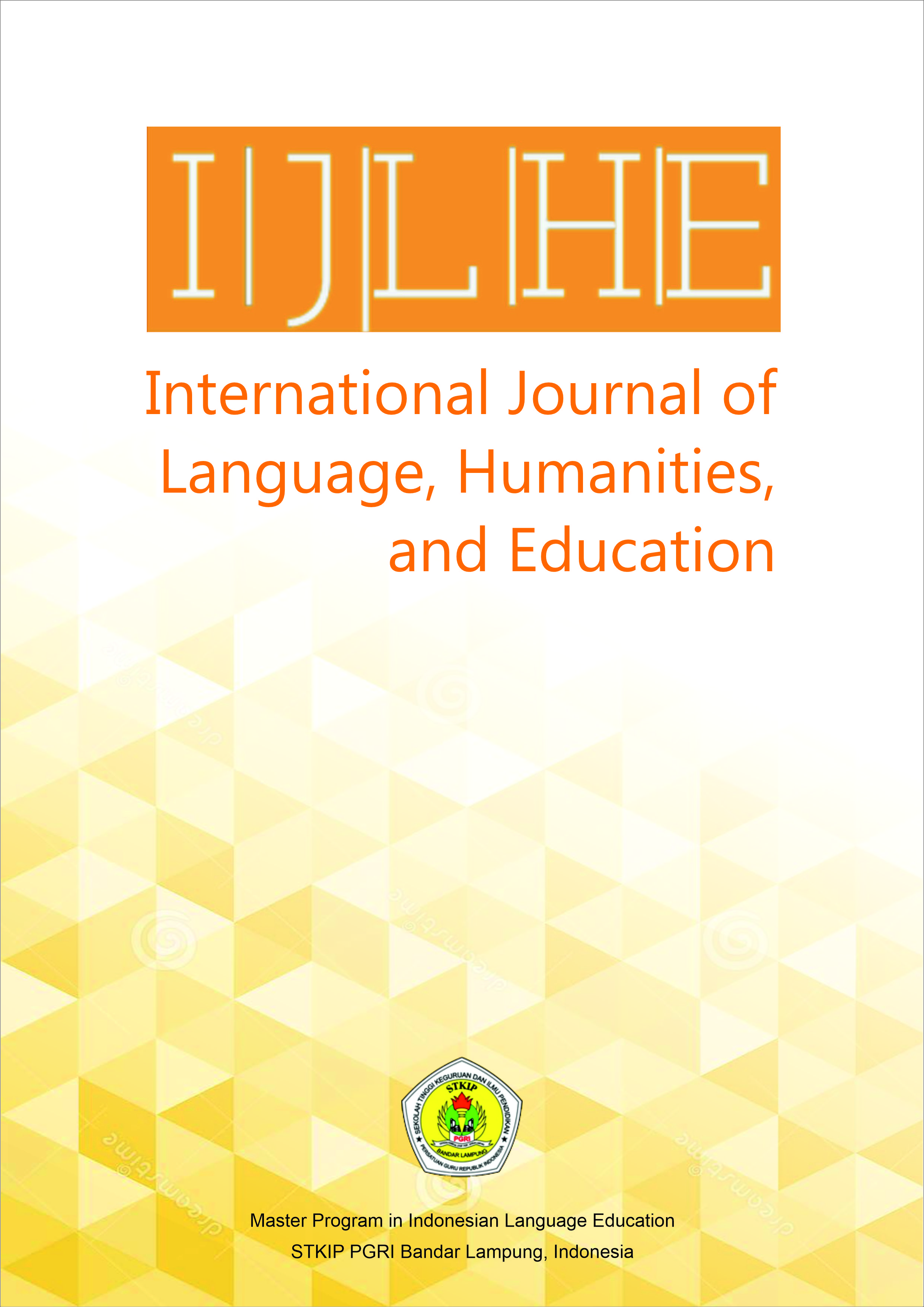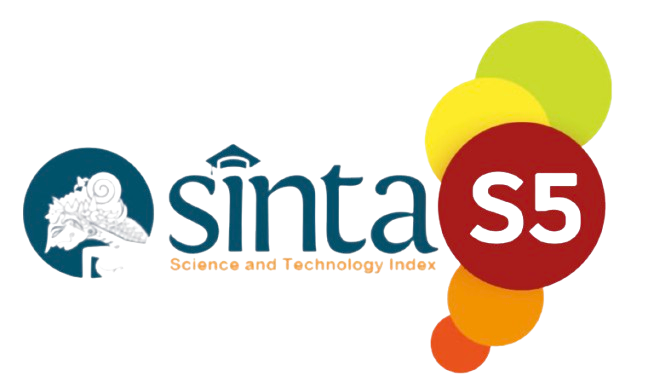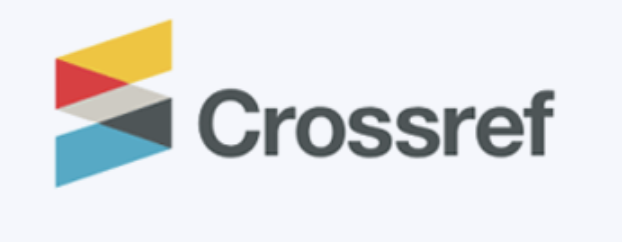Exploring Teachers’ Motivational Strategies: Validation and Application of the Teachers’ Student Motivation Scale (TSMS)
DOI:
https://doi.org/10.52217/ijlhe.v8i1.1846Keywords:
Autonomy support, Motivational strategies, Student motivation, Teacher training, Teachers’ Student Motivation Scale (TSMS)Abstract
This study investigates the motivational strategies employed by teachers through the application of the Teachers’ Student Motivation Scale (TSMS), a psychometrically validated instrument designed to assess teachers’ approaches to student motivation. The TSMS comprises 32 scenario-based items categorized into four sub-dimensions: high-level control, moderate-level control, moderate-level autonomy support, and high-level autonomy support. Utilizing a 5-point Likert scale, the scale captures the frequency and appropriateness of teachers’ motivational behaviors. The study evaluates the reliability and validity of the TSMS, reporting satisfactory internal consistency (Cronbach’s alpha ranging from 0.75 to 0.78 across sub-dimensions) and significant correlations with the Student Locus of Control Scale, indicating meaningful relationships between motivational strategies and students’ locus of control. Data analysis, including independent samples t-tests, explores variations in motivational strategies by teacher gender. Findings highlight the role of control and autonomy-supportive strategies in fostering student motivation, with implications for teacher training and educational practice. This research contributes to the understanding of motivational aspects in educational settings and offers an appropriate tool for future studies.
References
Alghamdi, S. (2020). Gender differences in teachers’ classroom management styles in Saudi Arabian primary schools. International Journal of Educational Research, 104, 101656. https://doi.org/10.1016/j.ijer.2020.101656
Brophy, J. (2010). Motivating students to learn (3rd ed.). Routledge.
CliffsNotes. (n.d.). Understanding Drive Theory & Motivation in Psychology. Retrieved from https://www.cliffsnotes.com/study-notes/16915755
Creswell, J. W., & Creswell, J. D. (2018). Research design: Qualitative, quantitative, and mixed methods approaches (5th ed.). SAGE Publications.
Darling-Hammond, L. (2000). Teacher quality and student achievement: A review of state policy evidence. Education Policy Analysis Archives, 8(1), 1–44. https://doi.org/10.14507/epaa.v8n1.2000
Daumiller, M., Rinas, R., & Dresel, M. (2022). From teachers' personal achievement goals to students' perceptions of classroom goal structures: Via student-oriented goals and specific instructional practices. Teaching and Teacher Education, 109, 103556. https://www.sciencedirect.com/science/article/pii/S0742051X22000101
Day, C., Sammons, P., & Gu, Q. (2008). Combining qualitative and quantitative methodologies in research on teachers’ lives, work, and effectiveness: From integration to synergy. Educational Researcher, 37(6), 330–342.
Fang, J. (2016). Expectancy-value theory and academic engagement. Educational Psychology Review, 28(3), 495–506.
Lim, S. A., & Lee, J. (2017). Self-Esteem and Academic Engagement Among Adolescents. Frontiers in Psychology, 12, 690828. https://www.frontiersin.org/articles/10.3389/fpsyg.2021.690828/full
PositivePsychology.com. (n.d.). What Motivates People? Exploring Human Behavior. Retrieved from https://positivepsychology.com/motivation-human-behavior/
Raufelder, D., Bukowski, W. M., & Jarić, M. (2016). Teacher–student relationships and students’ developmental trajectories: The role of teacher behavior in adolescence. Journal of Adolescence, 52, 123–134. https://doi.org/10.1016/j.adolescence.2016.08.007
Reeve, J., & Cheon, S. H. (2021). Teachers’ motivating styles and students’ motivation: A self-determination theory perspective. Contemporary Educational Psychology, 65, 101938. https://doi.org/10.1016/j.cedpsych.2021.101938
Schunk, D. H., Pintrich, P. R., & Meece, J. L. (2008). Motivation in education: Theory, research, and applications (3rd ed.). Pearson/Merrill Prentice Hall.
Skinner, E. A., & Belmont, M. J. (1993). Motivation in the classroom: Reciprocal effects of teacher behavior and student engagement across the school year. Journal of Educational Psychology, 85(4), 571–581.
Tomlinson, C. A. (2014). The differentiated classroom: Responding to the needs of all learners (2nd ed.). ASCD.
Tschannen-Moran, M., & Hoy, A. W. (2001). Teacher efficacy: Capturing an elusive construct. Teaching and Teacher Education, 17(7), 783–805.
van Tartwijk, J., Dengerink, J., & Vermunt, J. D. (2019). Authoritarian control in schools: The gendered roles of administrators and teachers. Educational Management Administration & Leadership, 47(1), 73–89. https://doi.org/10.1177/1741143217729294
Yan, Z., & Gaier, T. (2021). Restrictive student control tendencies and perceptions of healthy classroom environments: The role of gender in teacher behavior. Teaching and Teacher Education, 96, 103211. https://doi.org/10.1016/j.tate.2020.103211
Zeichner, K., & Liston, D. (2014). Reflective teaching: An introduction (2nd ed.). Routledge.














